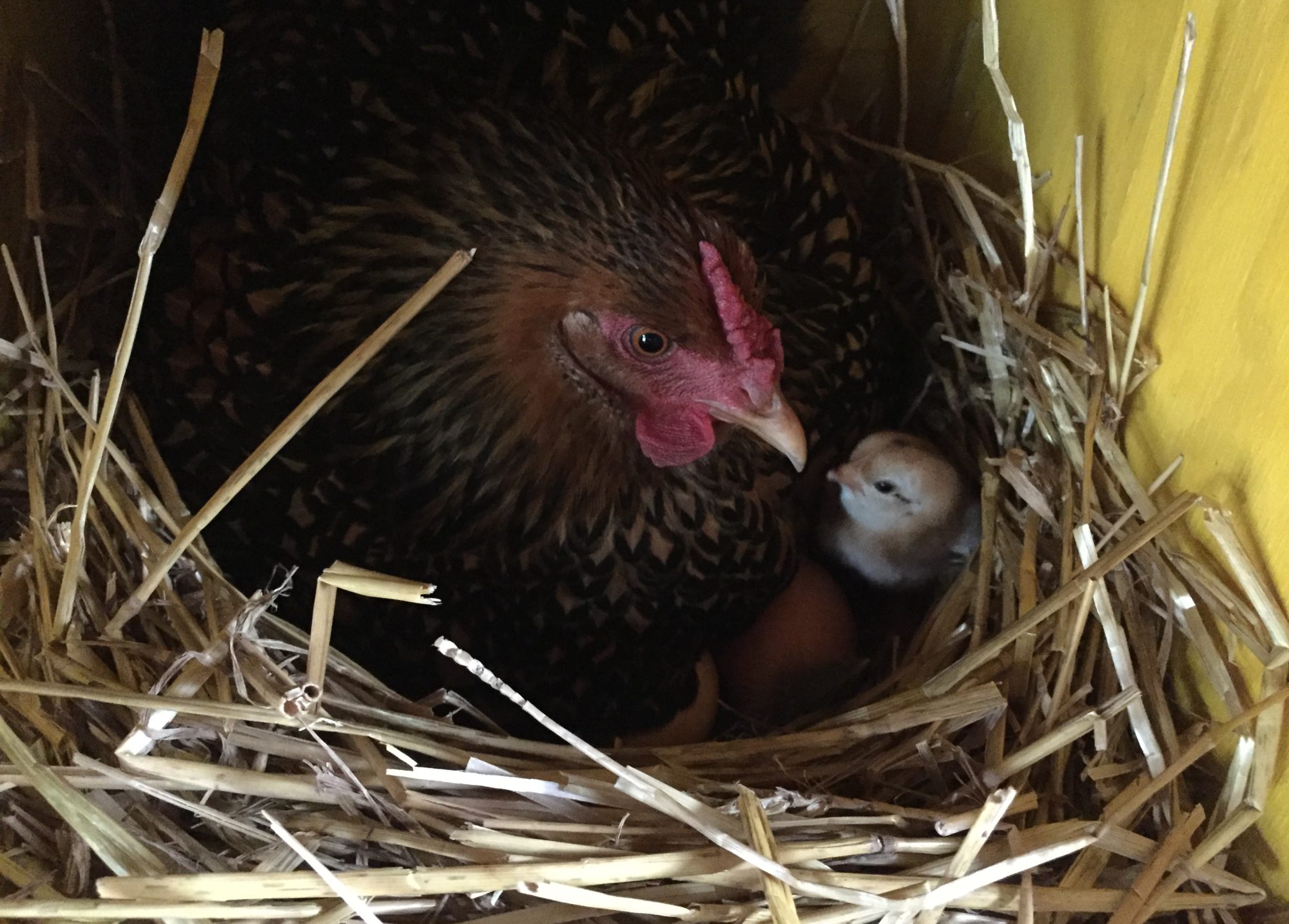
When people first become homesteaders, they question how they can generate money from their farm. With that in mind, I want to make a financial comparison between chickens and bees, both commonly raised by homesteaders for eggs and honey.
CHICKENS: Chickens are the gateway farm animal. Most homesteaders start with chickens and add other animals in time. Chicken owners often have more eggs than they need to feed their family, so they start asking if they can sell excess eggs to provide some income or cover feed costs.
The cheapest bag of commercial feed costs about $14 with tax. A chicken eats between 1/3 and ½ pound per day. There is waste (spillage, rodents, weather), so let’s say ½ pound. That equates to $.14 per day to feed a chicken. Averaged annually, a good laying hen will lay about 5 eggs per week. That number goes down after each annual molt, but for the calculation, let’s say 5 eggs per week.
That means that the average daily cost to get that egg is about $.20. So for a dozen eggs, it costs $2.40 just to buy the food for the hens to make those eggs. Are you selling a dozen for $3.00? Congratulations, you made 60 cents for your efforts! Do that 23 times and you can buy another bag of feed.
These numbers are for the spring and summer when hens are laying a lot. For a mature flock (a mixture of hens 1 to 3 years old), the average feed cost to make a dozen eggs is .219 times the cost of a 50 lb bag of feed. Currently (2023) that’s about $3.13 per dozen. If you’re selling for $3/dozen, you’re only LOSING 13 cents per dozen.
Please note that we’ve ignored the cost of everything else needed to house your hens. That includes the coop, the feeder, the waterer, supplemental feed & snacks, first aid supplies, other pieces of equipment, and your time. If you started from scratch, you probably spent close to $1000 for that chicken palace and furnishings.
Let’s face it, there’s no money for homesteaders selling eggs. So why have chickens at all? Because there’s no substitute for farm fresh eggs. I don’t care how much you spend for eggs at the grocery store; they’ll never come close to the taste and nutrition from a fresh egg. And chickens bring other benefits, like bug control, natural fertilizer, food waste disposal, and even garden tilling.
BEES: Now let’s talk about honeybees. To start from scratch, you’ll pay close to $2000 for two hive box sets and frames, bees, classes, bee suit, gloves, brush, smoker, feeder, hive tools, honey extractor, buckets, etc. The list goes on and on. You’ll order everything in the winter, set it up in the spring, add the bees, and watch them go to work! They’ll build their hive and honey reserves, and by the fall you might get a small taste of their honey.
The payoff comes in the second year. If they survive the winter by eating the honey you left them, they will reward you with a serious amount of honey the next summer. A typical box has 10 frames in it. Each frame of honey has about 3 pounds of honey. And a robust hive will fill 3 boxes by July. That means you’ll have 180 pounds of honey from two hives!
The going price for raw honey in Ohio is around $1 per ounce. It’s sold by weight, not volume, so a 16 ounce pint jar holds 20 ounces of honey. That jar sells for about $15. Those 180 pounds of honey will fill 144 pint jars. Sell them all at $15 each and you’ll bring in $2,160. Keep a few jars for yourself, and you’ll still have enough money to repay yourself for the startup costs, including the jars. By the way, local raw honey is easy to sell. When people find out you have honey, there will be a line at your door!
But there are some downsides. Bees sting you. They are complex and can be difficult to understand. They tend to pack up and fly off if they get overcrowded. Or they die from mite infestations, or don’t survive the winter. But there’s no substitute for raw honey, and it doesn’t spoil. Plus, bees find their own food and you can leave them alone for a couple of weeks while you take a vacation!
So what is the point? Chickens and bees are both great additions to any homestead, and both will make food for you. But from a financial point of view, there’s not much money in chickens, but you’ll repay your bee investment within a couple of years. So keep chickens for yourself. Keep bees, and you’ll raise a little money. Or (like us) use the money you make from bees to pay for your chicken habit!


